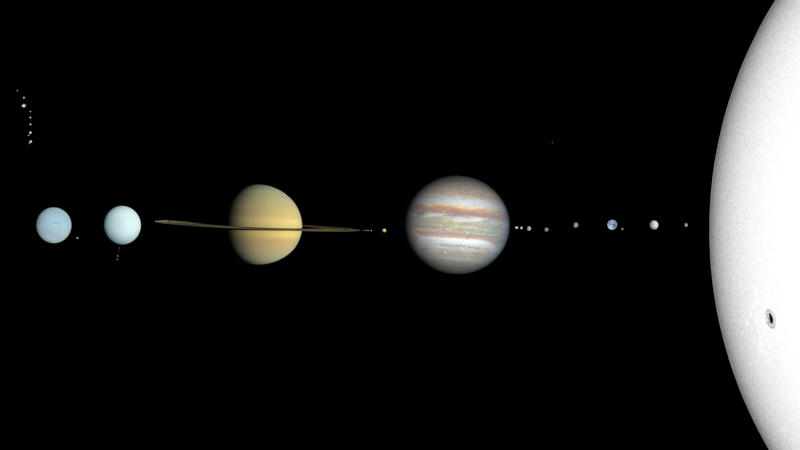The official definition of the term “planet” may soon be revised again. The last time this happened, Pluto lost this status – it will not return it now, but the definition is intended to become more comprehensive.

The sun, planets, dwarf planets and satellites in the solar system. Image source: wikipedia.org
A clear definition of a planet did not exist for centuries – previously it included objects that are now considered moons and even asteroids. Attempts to systematize this concept began in the 1990s and gained momentum in the next decade, when a series of objects roughly the size of Pluto were discovered in the Kuiper belt, on the outskirts of the solar system. In 2006, at the XXVI General Assembly of the International Astronomical Union (IAU), the definition of a planet was formulated, and Pluto lost this status – if this had not happened, then technically there would have been dozens and even hundreds of planets in the Solar System. By current definition, an object is a planet if:
- It orbits the Sun (this excludes all moons);
- Its mass is large enough to acquire a close to spherical shape (this excludes asteroids);
- All surroundings around its orbit have been cleared (this excludes Pluto and other objects in the Kuiper belt).
Some scientists were not satisfied with this definition from the very beginning – in particular, they considered the wording of the third paragraph to be “sloppy.” Another problem is that the current definition is focused only on the solar system because it requires the planets to orbit the sun. In recent years, astronomers have discovered more than 5,000 planets that orbit other stars. And now a group of scientists has proposed a new definition, which takes into account the shortcomings of the current one and simplifies the criteria. According to this definition, a planet is a celestial body that:
- Orbits one or more stars, brown dwarfs, or stellar remnants;
- Has a mass of more than 1023 kg;
- But less than 13 Jupiter masses (2.5 × 1028 kg).

Pluto
The new definition expands, clarifies and simplifies the previous one. It covers our and similar star systems, planets orbiting several stars, brown dwarfs (failed stars), as well as the remnants of stars – white dwarfs and neutron stars. The lower limit of 1023 kg is the mass at which the object takes on a spherical shape: researchers cannot always discern the shape of an exoplanet, but they can estimate its mass. Pluto falls slightly short of the threshold, but Mercury exceeds it.
The controversial “cleared neighborhood” thesis is no longer required—once it exceeds the proposed threshold mass, an object becomes “dynamically dominant,” capturing or ejecting smaller objects in its surroundings. Finally, there is an upper limit to how big a planet can be – some are so huge that gravity triggers deuterium fusion in their cores, and they become a kind of intermediate link between planets and stars. It is thought to start with a mass that is 13 times that of Jupiter. A new definition will be proposed at the XXXII General Assembly of the IAU, which will be held from 6 to 15 August 2024 in Cape Town (South Africa).